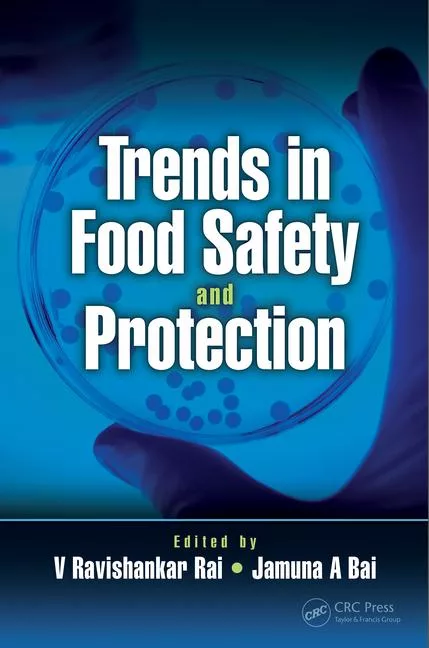Study Shows Promise of Phage Treatment in Reducing Salmonella on Raw Chicken Breast

Image credit: alleksana via Pexels
A recent study has shown the potential of a bacteriophage cocktail for controlling nontyphoidal Salmonella enterica on chicken, while also emphasizing that, because phage efficacy is dependent on many variables, validating treatments for relevant application conditions is key.
Nontyphoidal Salmonella causes approximately 150 million cases of foodborne illnesses every year, many of which are linked to poultry products—specifically, 23 percent of nontyphoidal Salmonella infections in the U.S. have been linked to poultry products. The public health burden of salmonellosis attributable to poultry, along with the U.S. Department of Agriculture’s (USDA’s) related efforts to reduce cases of illness caused by Salmonella on chicken, which includes declaring the pathogen an adulterant in certain chicken products, makes the control of Salmonella in poultry increasingly urgent.
Bacteriophages are natural viral predators of bacteria, and they have shown promise as food-safe alternatives to current antimicrobial practices. Phages are organic, cost-effective, and have high target specificity, but their widespread use among industry has been limited by host range, bactericidal effectiveness in practical production settings, and the risk of developing host resistance.
The present study evaluated a broad-spectrum, three-phage cocktail against three S. enterica subtypes—S. Enteritidis, S. Typhimurium, and S. Kentucky—which are some of the most relevant strains to food safety and public health. The impact of the phage cocktail on the presence of Salmonella was evaluated on inoculated raw chicken breast stored at 10 °C for zero, one, and five days, or at 22 °C for zero, four, eight, and 16 hours.
Overall, the phage cocktail treatment significantly reduced Salmonella counts at both 10 °C and 22 °C. After storage at 10 °C for five days, Salmonella counts were reduced by more than 3.2 log compared to the control. After storage at 22 °C for 16 hours, Salmonella counts were reduced by more than 1.7 log compared to the control.
Although phages cannot replace conventional hygienic practices that are already in place and, due to their host specificity, must not be viewed in the same manner as broad-spectrum chemicals or antibiotics, the researchers underline the potential of phages to further strengthen food safety in the poultry sector.
The study also demonstrated that food type, temperature, and contamination level play a significant role in phage efficacy. This finding, alongside previous research showing that phage treatment efficacy cannot be predicted even between similar foods, reinforces the importance of validating phage treatments in relevant application conditions including temperature, storage time, and food matrix.
Looking for quick answers on food safety topics?
Try Ask FSM, our new smart AI search tool.
Ask FSM →









